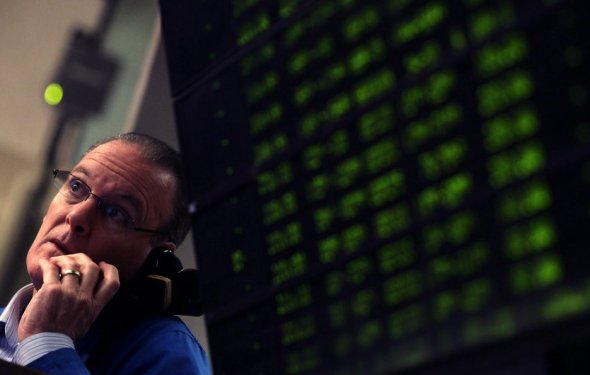bond market predictions

The $13.8 trillion Treasuries market suffered its worst slump since 2001 after Trump’s win, stoking worries that a persistent increase in yields could make his spending plans more costly. His proposals would boost the nation’s debt by $5.3 trillion, according to the nonpartisan Committee for a Responsible Federal Budget.
August Start
Yet the losses in Treasuries began in August, indicating the selloff is about more than just Trump’s pledges. Investors managing trillions of dollars had already begun adjusting bond portfolios given their outlook for more rapid inflation as fiscal policy moved to the forefront. U.S. 10-year note yields climbed 23 basis points, or 0.23 percentage point, in October and have risen about 50 basis points this month, on pace for the steepest increase since 2009, as the market recalibrates Fed expectations.
Bond traders see a hike next month as virtually a lock, and pricing of overnight indexed swaps indicates they see the central bank’s benchmark at about 1.7 percent in three years, compared with around 1.1 percent on Election Day.
“We are heading for higher yields, ” said Mark Grant, chief fixed-income strategist at Hilltop Securities in Fort Lauderdale, Florida. “This is nothing like the taper tantrum. The election of Donald Trump was a break point.”
The prospect of stepped-up growth and inflation has sent bond investors running for the exits at the fastest pace since then-Fed Chairman Ben S. Bernanke suggested in 2013 that the central bank could soon scale back asset purchases. Investors withdrew $12.5 billion in the two weeks through June 26, 2013, EPFR Global data show.
Auction Signals
Among signs of subdued demand at auctions this month, primary dealers last week were stuck with more five-year notes than the average over the previous 10 sales. In the seven prior occasions when yields rose at least 40 basis points between auctions, such an increased reliance on dealers happened just once. The 10-year note offering the day after the election had the lowest bid-to-cover ratio since 2009.
For borrowers who prefer rates near record lows, there are forces that will keep yields from rising too quickly.